Test Amit sep
Role of Food coloring agent on health

Food colorants are also used in various non-food applications, including cosmetics, pharmaceutics, home art projects, and medical devices. Color additives are used for several purposes in the food industry.
1. Food coloring:
Food coloring can be described as a process where any pigment or material that imparts color is added to a food or drink. Food colors come in several forms like liquids, powders, gels, and pastes. They are mainly used to improve the appearance of fresh and processed foods. Food colorants are also used in various non-food applications, including cosmetics, pharmaceutics, home art projects, and medical devices. Color additives are used for several purposes in the food industry, which include:
- Making the food more appealing, appetizing, and informative.
- Balancing the color loss due to sun, climate, high temperatures, humidity, and storage conditions.
- Correcting natural color variants.
- Enhancing naturally occurring colors.
2. Classification of food colorants:
Food colorants can be natural and synthetic based on their origin.
2.1. Natural food colorants:
Natural colorants are derived from different sources like plants, animals, microbes, etc., which is why they possess various chemical compositions that affect their properties, solubility, and stability in varied manners. Some natural food colorants with their source use and chemical structure are mentioned in Table 1.
Table 1: Natural food colorants, their color, source, use, and chemical structure.
S. No. Name Colour Source Use Structure
- Anthocyanin Red to purple to blue Grapes, berries, carrots, and cabbage Beverage and non-beverage food Image
- Betalain Pink to red Beet (Beta vulgaris) Used to color dairy products, poultry meat sausages, gravy mixes, soft drinks, and powdered drink mixes.
- Caramel Brown By heating carbohydrates, either alone or in the presence of acids, alkalis, and/or salts In beverages, cookies, cereal bars, syrups, and cakes.
- Carminic acid Orange to red Cochineals (Dactylopius coccus) Used to confer red shades in alcoholic beverages, yogurts, juices, ice creams, and confectionary Image
- Carotenoid (Beta carotene) Yellow toorangetore Carrot (Daucus carotaL.) Used to color juice, cakes, desserts, butter, and margarine Chlorophyll Green Alfalfa (Medicagosativa) Used to color Citrus-based dry beverage mixes Image
- Curcuminoid (Curcumin) Yellow Rhizome (Curcumalonga L.) Used in canned beverages, baked products, dairy products, ice cream, yoghurts, yellow cakes, biscuits, popcorn-colour, sweets, cake icings, cereals, sauces etc.
- Phycocyanin Blue-green Algae (Arthrospiraplatensis)
Used in the food and beverage industry as the natural coloring agent 'Lina Blue' or 'EXBERRY Shade Blue' and is found in sweets and ice cream Image
2.2. Synthetic food colorants:
Synthetic colorants are the ones that are not found in nature and are synthesized in laboratories. In 1856, William Henry Perkin discovered the first synthetic organic color, purplish lilac color, which was obtained from the organic coal tar. Compared to natural colorants, synthetic colorants have high coloring ability, various color tones, homogeneous color distribution, brightness, stability, and ease of application. High water and oil dissolution properties makes their shelf life quite long. Few commonly used synthetic food colorants with their source use and chemical structure have been listed in Table 2.
Table 2. Synthetic food colorants, their color, source, use, and chemical structure
S. No. Name Colour Source Use Structure
1 Allura Red AC Red Produced from coal tar In the production of food like carbonated drinks, gums, snacks, sauces, soups, and apple wine. Image
2 Sunset Yellow Orange-red Petroleum-derived azodye In bread, drinks, cereals, sweet powders, ice cream, and snacks Image
3 Brilliant Blue FCF Blue Made from aromatic hydrocarbons In the production of various cheese, wine, sauce, and beverages Image
4 Brilliant Black BN Black Diazo dye as tetrasodium salt Food decorations and coatings, desserts, sweets, ice cream, mustard, red fruit jams, soft drinks, flavored milk drinks, fish paste, lumpfish caviar, and other foods. Image
5 Tartrazine Lemon yellow Petroleum azo dyes In bread, beverages, cereals, peanuts, confectionery, cream, ice cream, and canned food Image
6 Erythrosine Cherry Pink Coal Tar In flavored milk and puddings, ice products, chewing gum, candies, jelly, and drink powders. Image
7 Quinoline yellow Greenish-yellow Coal Tar In soft drinks, jams, canned foods, edible ice, sweets, candies, pickles, sauces, and spices Image
8 Brown HT Brown Synthetic coal tar, diazo dye In various biscuits, chocolates, and cakes Image
9 Amaranth Reddish-brown Amaranth grain In alcoholic beverages, red soft drinks, cake mixes, ice cream, jams Image
3. Colourants used in the food industry:
The colorants allowed and used in food industries are the ones identified by the European Union (EU). According to the EU, a total of 43 colors can be used, out of which 17 are synthetic colorants and 26 are natural colorants.
3.1. In non-alcoholic beverages:
Non-alcoholic beverages like soft drinks, juices etc. are made attractive and appealing using food colorants and hence play a significant role in the sales of food colorants. Specific food colorants used in non-alcoholic beverages are mentioned in Table 3.
Non-alcoholic beverages Food colorants
Soft Drinks Penso 4R, Brown HT, Brilliant Blue FCF, Green S, Quinoline Wax, Indigo Carmine
Cola and Beer Caramel
Orange juice Sunset Yellow
Lemon juice Tartrazine
Cherry juice Penso 4R
Strawberry juice Carmoisine and Sunset Yellow
Raspberry juice Carmoisine and Penso 4R
Wine production Allura red and Brilliant Black
Table 3. Non-alcoholic beverages and specific food colorants were used.
3.2. In sugar products:
They utilize colorants in preferred color tones only as an excess colorant can make them dull. Therefore, lake colorants are preferred as they are not soluble in water, oil, and other solvents and can be directly added to confectionary items in the form of fine powders, such as chewing gums and leaving color on the mouth. Inorganic natural colorants such as gold, silver, aluminum powder, and iron oxides are used in confectionery surface coating and chocolate and liquor decoration.
3.3. In bakery products:
Bakery products have wide usage of food colorants like Allura Red AC, Sunset Yellow FCF, Brown HT, Tartrazine, and Penso 4R. Rye bread mainly utilizes caramel for coloring. In other bakery products like chocolate cake, breakfast snacks, plain cakes, and wafers, colorants like Tartrazine, Penso 4R, and Sunset Yellow FCF mainly find application.
3.4. In canned food and vegetables:
Canned items mainly require colorants resistant to sterilization or high cooking temperature and acidic environment conditions; therefore, synthetic colorants like Amaranth, Penso 4R, Allura Red AC, Sunset Yellow FCF, Red 2G, and Indigo Carmine and natural colorants like Anthocyanins, β-carotene, Carminic acid, and Chlorophyll are commonly used.
3.5. In dairy products:
Milk products like ice creams, cheese, butter, etc., commonly use Sunset Yellow FCF, Penso 4R, Indigo Carmine, Erythrosine, Tartrazine, Amaranth, and Allura Red as food colorants. Specific food colorants used in dairy products are mentioned in Table 4.
Table 4. Dairy products and specific food colorants used
Dairy Product Food Colourants
Cheese and Butter β-carotene and anatto
Ice Cream Cones Sunset Yellow FCF and Tartrazinecolour mixtures
Yogurt Production Sunset Yellow FCF and Carmoisine
Ice-cream Liquid synthetic dyes
3.6. In meat and fish products:
They require water-soluble colorants which are suitable for pickling conditions like Brown FK, which is considered favorable in such cases. Mixtures of Carmoisine, Tartrazine, and Sunset Yellow FCF are also ideal in such situations.
4. Merits and demerits of food coloring on human health:
Natural and synthetic color additives are used extensively to color foods. When added to food products, artificial food colorants give an excellent and tempting effect but are also responsible for physiological abnormalities and carcinogenic effects. Natural food colorants have been found to be much safe for humans. In addition to the coloring effect, they have been found to possess a number of pharmacological properties like antioxidant, anti-inflammatory, antineoplastic, antarthritic, and antimutagenic effects. Regular intake of carotenoids can help prevent night blindness. Carotenoids act as biological antioxidants, protecting cells from the damaging effects of free radicals and a good anti-tumor agent source. Anthocyanins have drawn attention because of their preventive effect against hepatic steatosis. Epidemiological studies have correlated the consumption of chlorophylls and decreased risk of colon cancer. Chlorophylls have been observed to possess antineoplastic, radiation-protective, anti-inflammatory, and hepatoprotective activities. Other health benefits include enhancing immune system function, protection from sunburn, and inhibiting certain types of cancer. Apart from these benefits, food coloring has some drawbacks. Such synthetic coloring additives may cause severe health issues to consumers; for example, tartrazine causes liver and kidney damage. Food colorants like amaranth, erythrosine, and tartrazine have toxic potential to lymphocytes and directly bind to DNA. Tartrazine also causes changes in hepatic and renal parameters, which induces oxidative stress by forming free radicals. Studies have shown that mostly the synthetic food colorants have various toxicological effects which are listed in Table 5.
Table 5. Impacts of synthetic colorants on human health
S. No. Colour Health impact
1 Erythrosine Cancer
2 Tartrazine Hyperactivity, asthma, skin rashes, and migraine headaches
3 Quinoline yellow Asthma, rashes, and hyperactivity; Potential carcinogen in bladder and liver cancer; Altered reproduction
4 Sunset Yellow Should be avoided in allergies & asthma; DNA damage and increased risk of tumors
5 Carmoisine DNA damage and increased risk of tumors
6 Allura red May worsen or induce asthma, rhinitis (including hay fever), or urticaria (hives).
7 Amaranth May worsen or induce asthma, allergies or rashes.
8 Indigo Carmine May cause nausea, vomiting, skin rashes, and brain tumors; DNA damage and tumors
9 BrilliantBlue Hyperactivity and skin rashes; Listed as human carcinogen by the US EPA; Causes DNA damage and tumors
5. Regulations on food colorants
Colour in food not only plays a crucial role in the visual perception of the food but also directly impacts the health of human beings. In India, only those colors are permitted for use in food products that have been approved by the Food Safety and Standards Authority of India (FSSAI) (Table 6). As per the Indian Food Safety and Standard Act, 2006, eight artificial colors are generally permitted in food at a uniform level of 100 mg/kg, while the acceptable daily intake for food colors varies from 0.1-25 mg/kg body weight per day.
Table 6. Colors permitted in food in India
S. No. Colour Colour Name INS No. Chemical Class
1 Red Ponceu 4R 124 Azo
Carmoisine 122 Azo
Erythrosine 127 Xanthene
2 Yellow Tartrazine 102 Pyrazolone
Sunset Yellow FCF 110 Azo
3 Blue Indigo Carmine 132 Indigoid
Brilliant Blue FCF 133 Triarylmethane
4 Green Fast Green FCF 143 Triarylmethane
Following are some standard requirements for permitted colors stated as per the FSSAI guidelines:
i. The addition of food colorants except as specifically permitted by these regulations is prohibited.
ii. The maximum limit of permitted synthetic food colorants should not exceed 100 ppm of the final food or beverage for consumption.
iii. When used in the preparation of any food item, food colorants shall be pure and free from any harmful impurities.
6. Summary
Food color is one of the most crucial appealing factors that directly affect consumers' choice for food selection, and these colors have been used in the food industry for over 30 years. Colored foods are specially synthesized and established to attain natural coloring with consistent color intensity and shade simply. Numerous side effects and toxicity have been identified related to the use of synthetic colorants. Whereas raw food colorants provide high food quality as well as promote health. Constant study and information progress in food coloring have resulted in the ability to match almost all color shades in all applications. However, the food industry must take due care with using food color additives and maintain the standards and protocols set by food safety organizations, considering the harmful impact they can cause to the consumers.
How would you rate this Article ?
Press the number of stars to rate this Magazine.
4.5 Author Points.
Based on 20 Magazines written by this author.
5 Magazine Points.
Based on 1 Ratings.


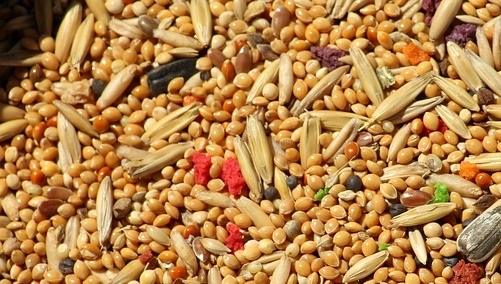







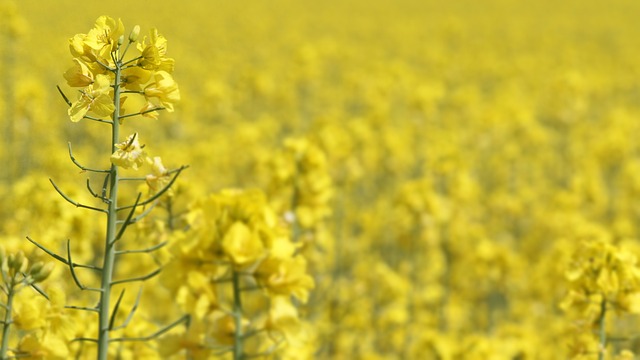




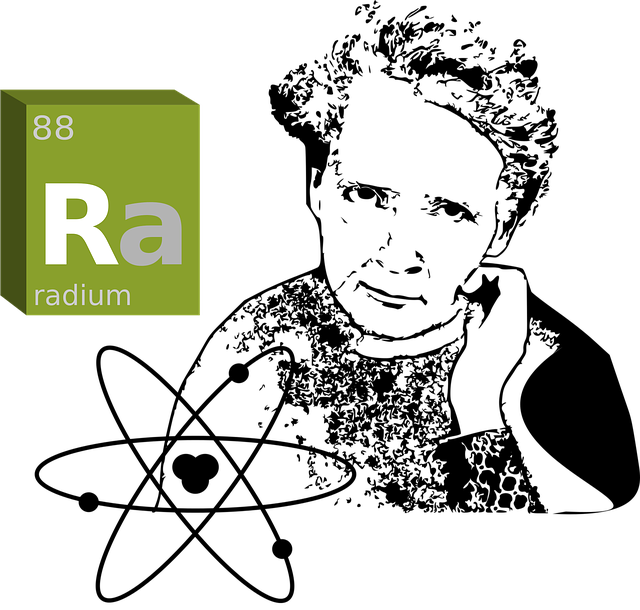









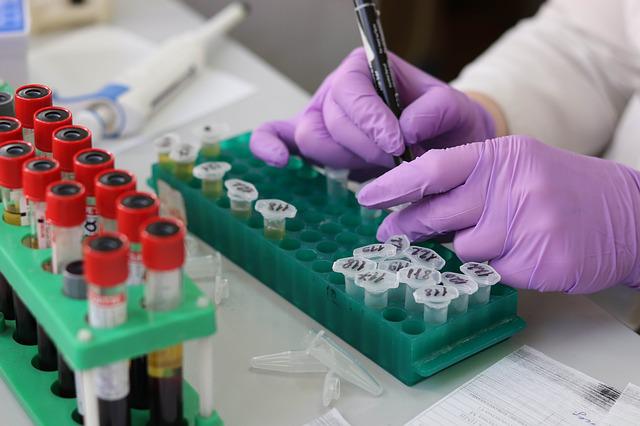
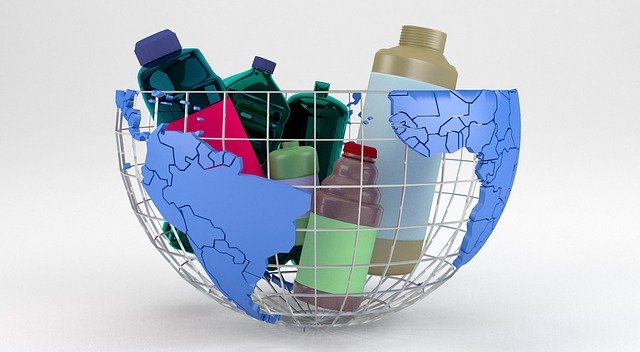








Editor CoAxial
good article